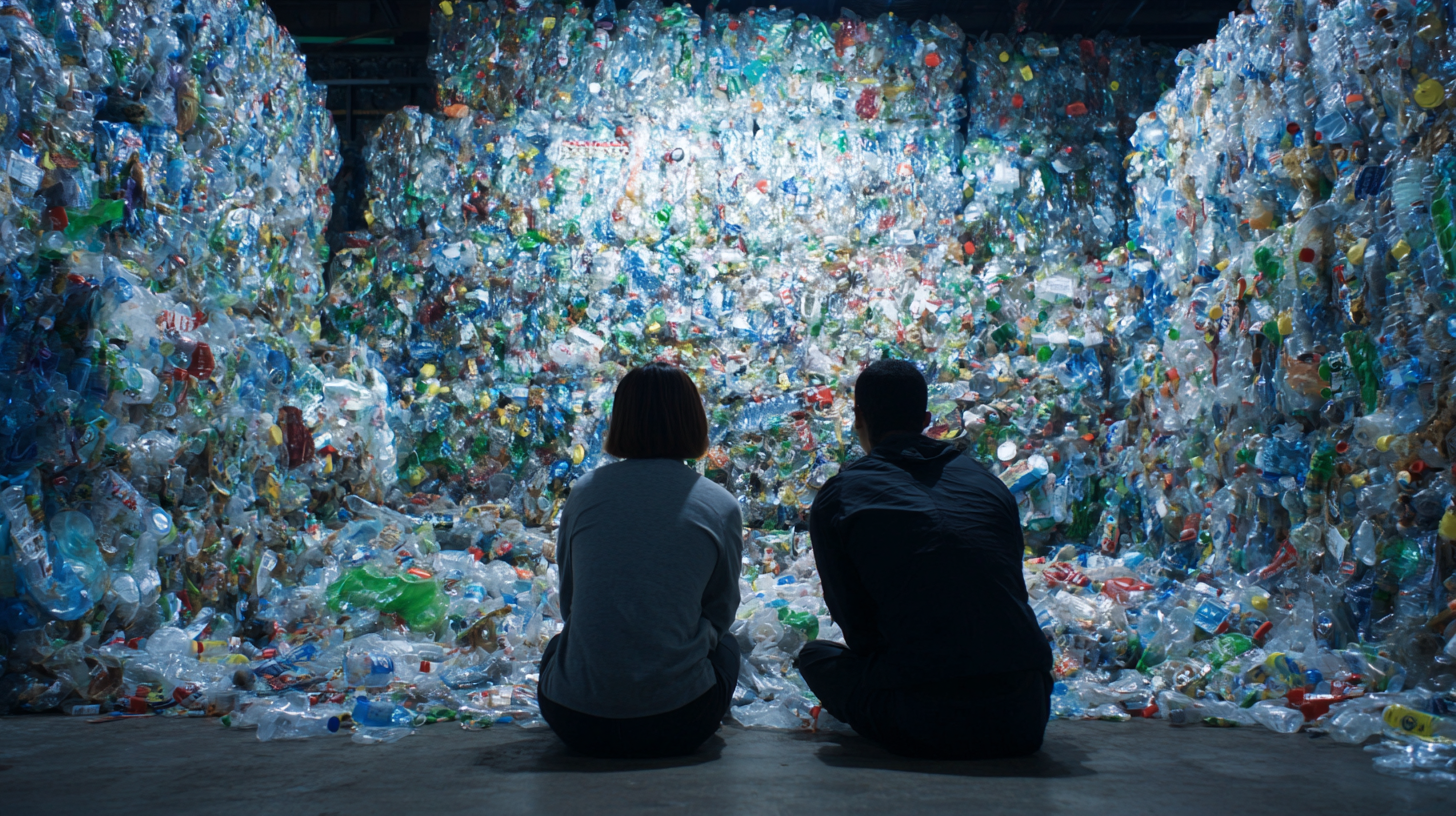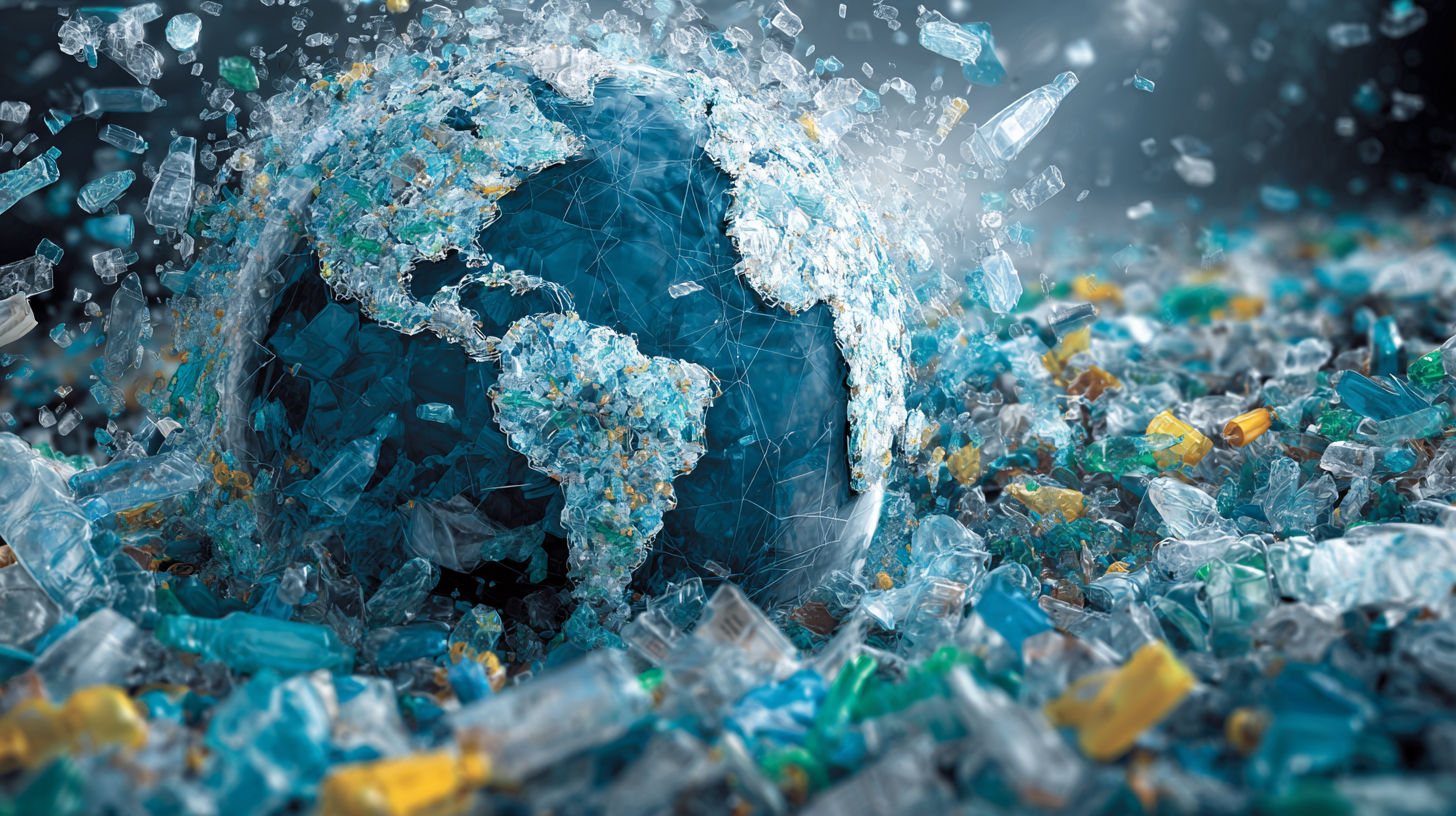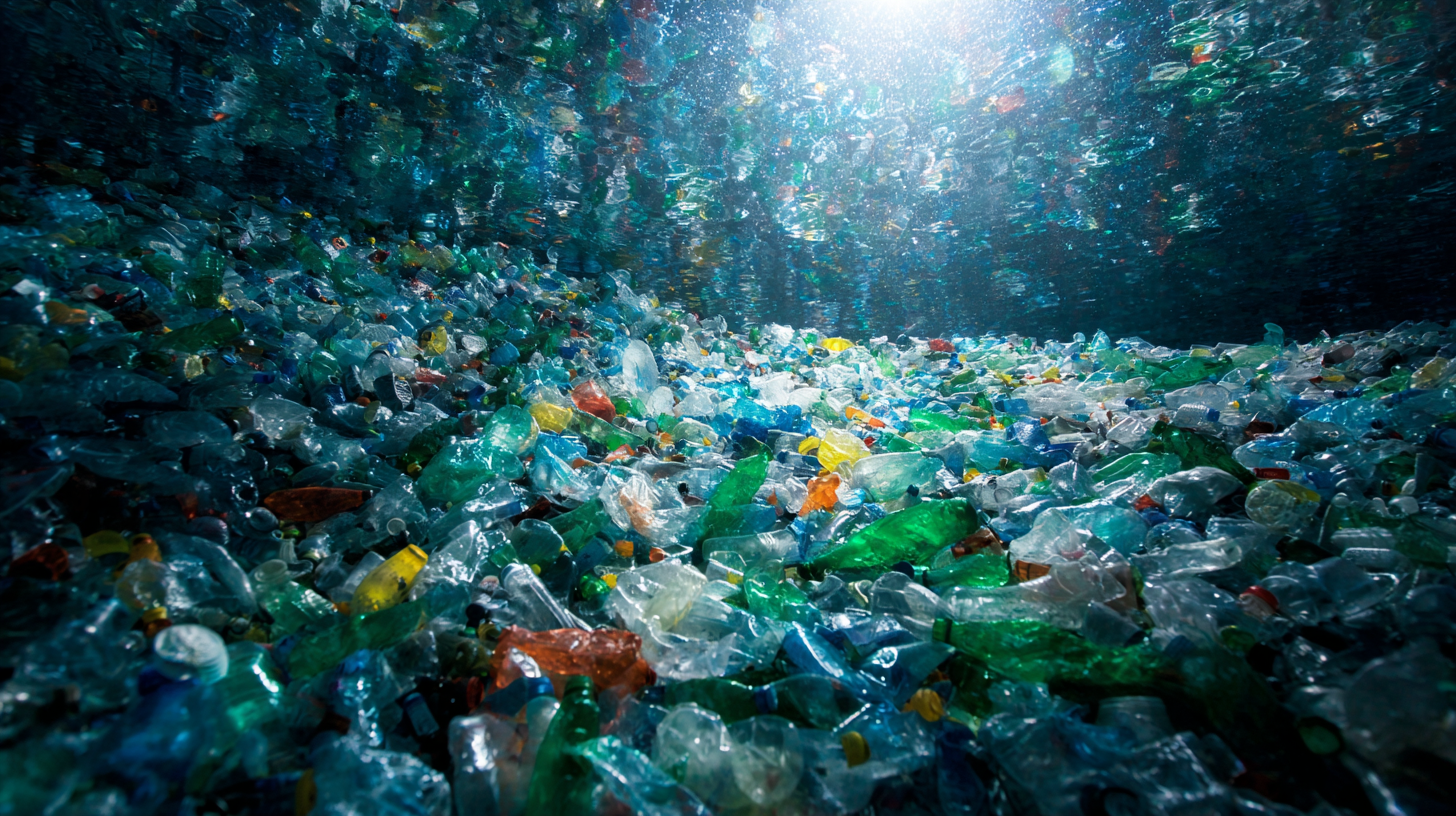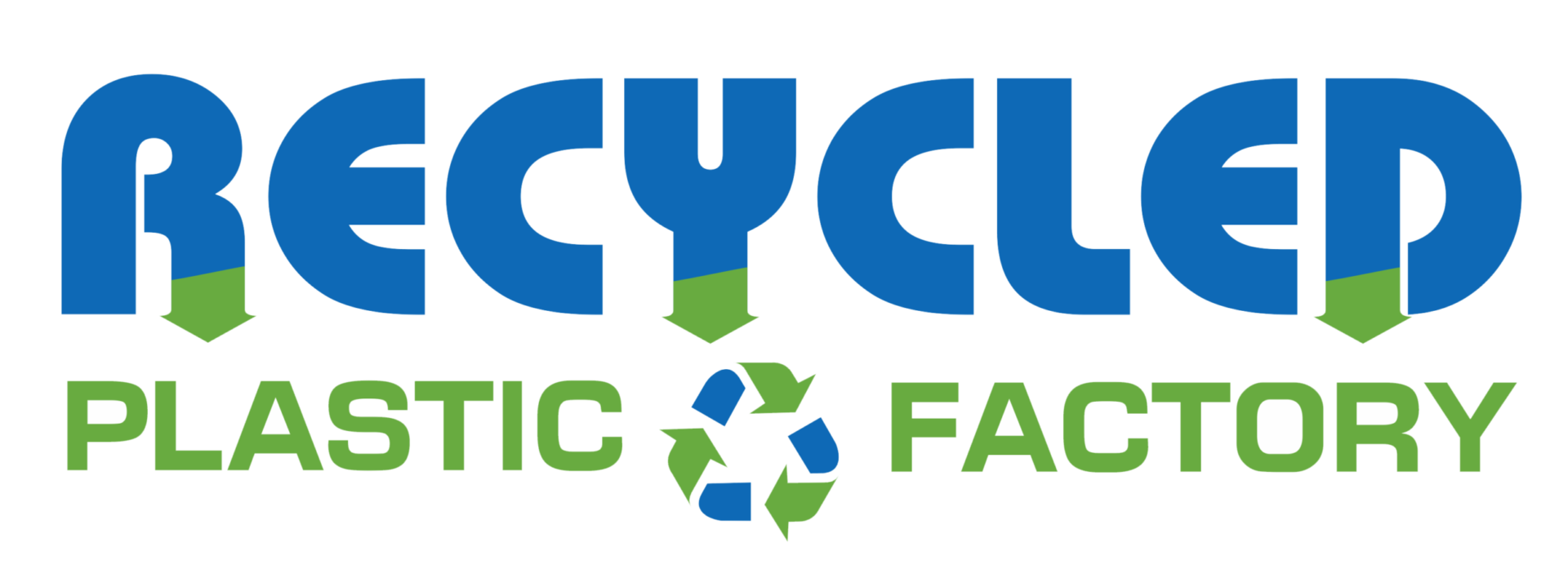How to Achieve a Sustainable Future with Recycled Plastic Innovations
As the global plastic waste crisis escalates, innovative solutions using gerecycled plastic are emerging as pivotal in shaping a sustainable future. According to the World Economic Forum, the volume of plastic waste is projected to reach 1.1 billion tons by 2030 if current trends continue, with only 9% of plastics ever being recycled. However, advancements in technologies and materials are paving the way for a circular economy, where gerecycled plastic not only reduces waste but also serves as a valuable resource for new products. Reports from the Ellen MacArthur Foundation highlight that transitioning to a circular system could generate $1 trillion in economic benefits by 2025, while drastically reducing carbon emissions. This article explores actionable strategies and innovations in recycling technologies that can facilitate the widespread adoption of gerecycled plastic, ultimately contributing to a cleaner, more sustainable planet.

Strategies for Developing Biodegradable Alternatives to Traditional Plastics
The urgent need to address plastic pollution has spurred the development of biodegradable alternatives that could significantly reduce our reliance on traditional plastics. According to a report by the World Economic Forum, around 300 million tons of plastic are produced globally each year, with only a fraction being recycled. This alarming statistic highlights the potential of biodegradable plastics, which, by design, can break down naturally within a short period, easing the burden on landfills and ecosystems. Innovations such as polylactic acid (PLA) and polyhydroxyalkanoates (PHA) are at the forefront of this movement, offering promising applications across packaging, agriculture, and consumer products.

Research conducted by the European Bioplastics association indicates a projected market growth for biodegradable plastics reaching nearly 2.5 million tons by 2023, driven by increasing consumer awareness and regulatory support. Strategies for developing these alternatives focus on enhancing the biodegradability and functionality of biopolymers. For instance, integrating natural additives and optimizing production processes can improve performance while maintaining sustainability. As industries and governments collaborate on creating standards and certifications for biodegradable materials, the transition to a circular economy will become increasingly viable, fostering an environment where both innovation and sustainability thrive.
Innovative Technologies for Recycling and Reusing Plastics in Manufacturing
Innovative technologies for recycling and reusing plastics in manufacturing have the potential to revolutionize the way we approach sustainability. Recent advancements in chemical recycling methods, such as pyrolysis and depolymerization, enable the breakdown of plastics into their original monomers. This allows for the production of new plastics that are virtually indistinguishable from virgin materials, significantly reducing the need for fossil fuel extraction and minimizing landfill waste.
Additionally, automation and artificial intelligence are playing a crucial role in the recycling process. Smart sorting systems equipped with advanced sensors and machine learning algorithms can efficiently separate different types of plastics, increasing the purity of recycled materials. Furthermore, innovative applications such as using recycled plastics in 3D printing are opening new avenues for manufacturers to create products with lower environmental footprints. By harnessing these technologies, industries can not only enhance their sustainability efforts but also drive economic growth through the development of a circular economy centered around recycled plastics.
How to Achieve a Sustainable Future with Recycled Plastic Innovations
| Innovation Type | Description | Impact on Sustainability | Percentage of Plastic Recycled |
|---|---|---|---|
| Chemical Recycling | Breaks down plastics into their basic components for reuse in new products. | Reduces landfill waste and conserves natural resources. | 90% |
| 3D Printing with Recycled Plastics | Uses recycled plastic filaments to create new products layer by layer. | Encourages local manufacturing and reduces transportation emissions. | 70% |
| Biodegradable Plastics | Plastics made from natural materials that decompose over time. | Mitigates plastic pollution and enhances soil quality. | 50% |
| Upcycling initiatives | Transforming waste materials into new products with higher value. | Promotes creativity and reduces waste significantly. | 65% |
Best Practices for Implementing Circular Economy Models in Plastic Industries
The implementation of circular economy models in the plastic industry is essential for driving sustainability and reducing environmental impact. According to a report by the Ellen MacArthur Foundation, shifting to a circular economy could create up to $4.5 trillion in economic benefits globally by 2030. Best practices for this transition include enhancing the design of plastic products for recyclability, promoting consumer awareness, and developing innovative recycling technologies. For instance, the adoption of advanced recycling, which can convert plastic waste into feedstock for new plastic production, is gaining traction and supported by major companies like Coca-Cola and Unilever.

Furthermore, collaboration across the value chain is vital for success. A joint report from McKinsey & Company indicates that achieving a circular economy in plastics will require a critical shift in partnerships among manufacturers, retailers, and policymakers. Implementing extended producer responsibility (EPR) programs can also incentivize businesses to take accountability for their products throughout their lifecycle. By embracing these practices, the industry can significantly reduce its reliance on virgin materials, thus contributing to the preservation of natural resources and fostering a sustainable future.
Case Studies of Successful Recycled Plastic Applications in Sustainable Products
Innovations in recycled plastic are transforming various industries, demonstrating how sustainable practices can be both practical and profitable. One notable example is the fashion industry, where brands like Adidas have created shoes made from ocean plastic. These products not only reduce waste in oceans but also appeal to environmentally conscious consumers. Another successful application is in the construction sector, with companies utilizing recycled plastic for building materials, such as bricks and insulation panels, leading to lower carbon footprints.
When considering the integration of recycled plastic into your own products, it’s essential to prioritize quality and durability. **Tip:** Always source high-grade recycled materials to ensure the longevity and performance of your products. Additionally, collaborating with innovative recycling companies can streamline the production process and enhance creativity in design. As seen in the automotive industry, manufacturers are increasingly using recycled plastics in car interiors, showcasing how effective partnerships can yield remarkable results.
Embracing recycled plastic innovations not only contributes to a more sustainable future but also attracts a growing base of eco-aware consumers. **Tip:** Highlight the sustainable aspects of your products in your marketing efforts. Transparency about materials and processes can build trust and enhance brand loyalty among consumers who value environmental responsibility.
Engaging Communities for Effective Plastic Waste Management and Recycling Initiatives
The challenge of plastic waste management is multifaceted and requires active engagement from communities to create effective recycling initiatives. According to the World Economic Forum, around 300 million tonnes of plastic are produced globally each year, with a significant portion making its way into oceans and ecosystems. Community involvement is crucial in tackling this crisis, as local initiatives can drive awareness and participation in recycling programs. Research suggests that communities that are educated about the impact of plastic waste are 30% more likely to participate in recycling efforts.
To effectively engage communities, it is essential to implement innovative waste management systems tailored to local needs. Successful models have shown that incorporating gamification in recycling promotes higher participation rates. A study from the Ellen MacArthur Foundation highlights that integrating a circular economy approach not only reduces plastic waste but can also generate an estimated $4.5 trillion in economic benefits by 2030. By fostering collaboration among local governments, businesses, and residents, communities can transition towards sustainable practices that significantly reduce plastic pollution and promote recycling initiatives.
